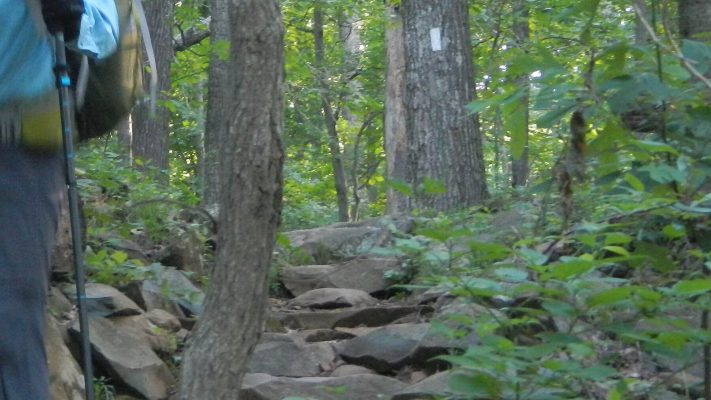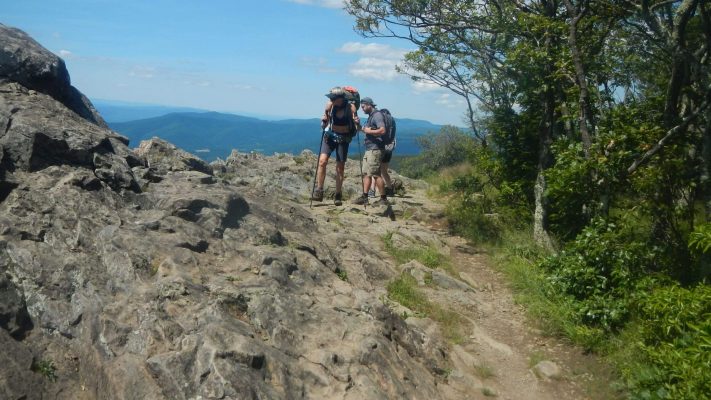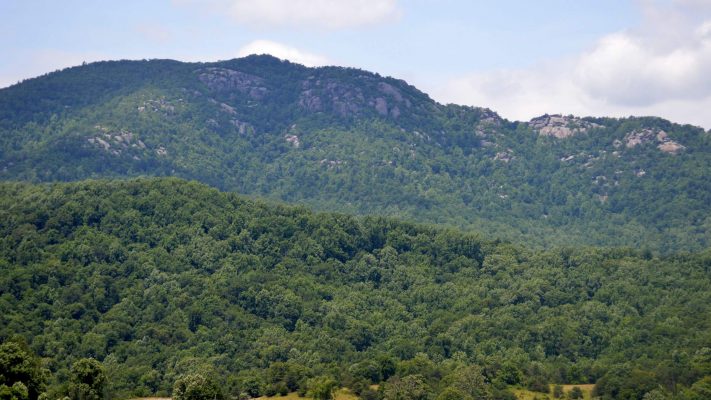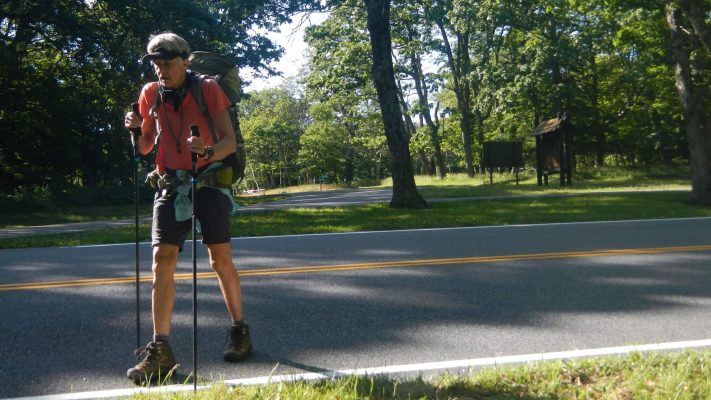Thru-hiking seems on the rise. Some even do a “triple crown”—Appalachian (AT), Continental Divide and Pacific Crest (PCT) Trails for a total 7,750-miles.
I love trails. The idea of the 2000-mile trail AT intrigues me. I longed to do it in my 20s but thought I was too busy. I’d love to write a book on why thru-hikers do it.
But I have a love-hate relationship with the AT. Love the idea, hate the reality.
I know I am a minority. AT thru-hikers who finish it speak of The Trail in capital letters. Most thru-hikers have a serene dreamy quality despite relentless distance and hardships over 165 days (average AT hike time) outside in wet, finicky Eastern mountains.
When we lived in Falls Church, VA, The Trail was first thing people considered for hikes. Some completed the AT in sections. As a Forest Service employee and hiker, I was asked for advice on backpack options. No matter what I suggested, people usually ended up doing part of the AT.
Why? It’s well marked, well-known, and accessed from many trailheads. Websites list information on every mile, shelter, town or wayside for food, supplies, shuttle and other services. The Appalachian Trail Conservancy mobilizes volunteers to maintain the Trail and its shelters; books and websites detail all you need to hike entire trail or section. The AT offers many scenic vistas via short easy trails (from Skyline Drive) or tough steep day hikes.
During the 18 years we lived in Virginia, husband David & I hiked much of the AT in Virginia to link together wilderness hikes adjacent to the trail. Just this summer, we hiked 36 miles south on AT as return from loop through wilderness of Shenandoah National Park. And I figured out why I dislike the AT.
- Rocks. The Appalachians are an old, eroded mountain range once as high as the Alps and the Rockies. Erosion has exposed the rock. In the West, there are many eroded side slopes or drainage trails but often ridges are soft with soil or conifer needle carpet. The AT in Virginia mostly follows a ridge but in my experience it’s rocky. The Great Smokey Mountains of Tennessee have some soft paths. Maybe AT is better in the South but I haven’t been there. I hear that AT rocks are worse in Maryland and Pennsylvania.
- Sore knees & envy. David was a farm kid trudging through unstable fields. He’s agile as a cat; his big bones soak up shock of bouncing from rock to rock. I’m a tall lanky flatlander (Oklahoma born) whose coordination never caught up to my growth; worsened by hereditary arthritis in my knees. I creep or stumble on rocks; steep descents wreak havoc on my joints. It’s worse following David dancing down or meeting thru-hikers striding along at 4-5 mph.
- Elevation. I expect ridges to be mellow, a reward for the climb. Not the AT. From web posts, 123-miles of AT on Skyline Drive climb and drop about 200 feet/mile. The section we hiked from Marshall peaks to Stony Man climbed/dropped a total 14,000 feet or about 400 feet/mile.
- Denial. I was a super-hiker in my 20s, breezing past people. On our last trip, I was glad to head south, meeting northbound thru-hikers instead of being passed by them. The AT reminds me that I am not the youngest, best or happiest hiker on the trail.
- Not a herd animal. Doing what everyone else does brings out something obstinate in me.
David thinks the AT is too civilized. I am glad to see people enjoy the AT. But I have to admit, seeing my 25th happy hiker elicits a sigh, not camaraderie.






Hi Cindy….